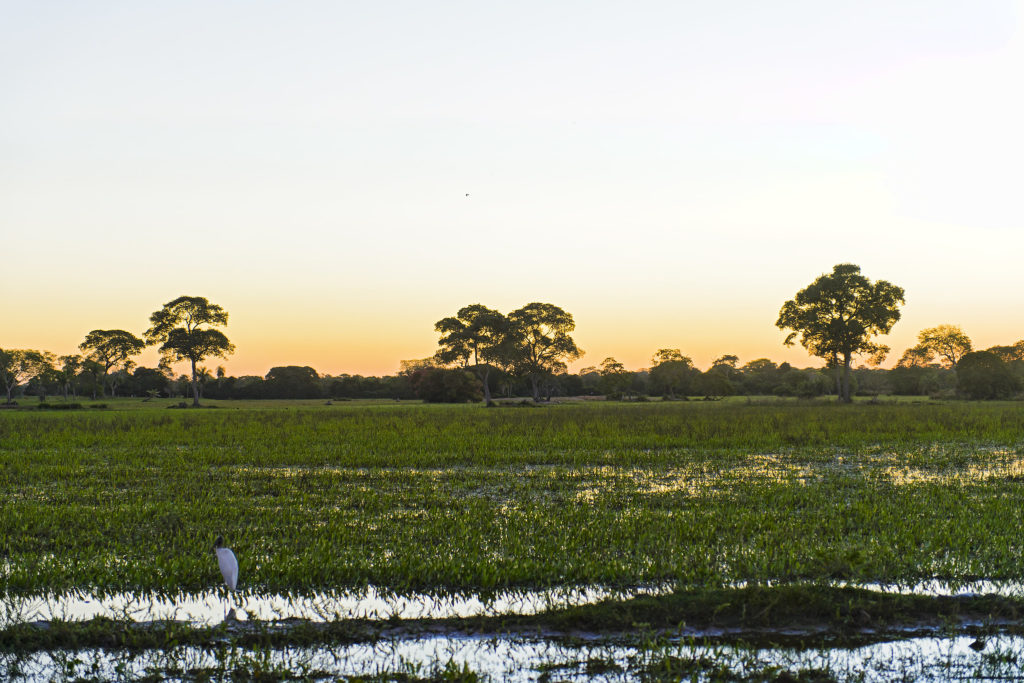
Pantanal Wildlife Tour, Brazil, Bolivia, and Paraguay involves going through three Latin-American countries converging in the biggest and most pristine wetland on Earth. The ecological refuge of Pantanal guards huge areas of the wildlife of Brazil, Bolivia, and Paraguay within a bright green paradise that seems to extend over the horizon. The number of species littered in the area, both animal and plants, are almost endless, and with a climate so varied that one moment you are standing in a desert, and the next you find yourself in a wetland that goes as far as the eye can reach.
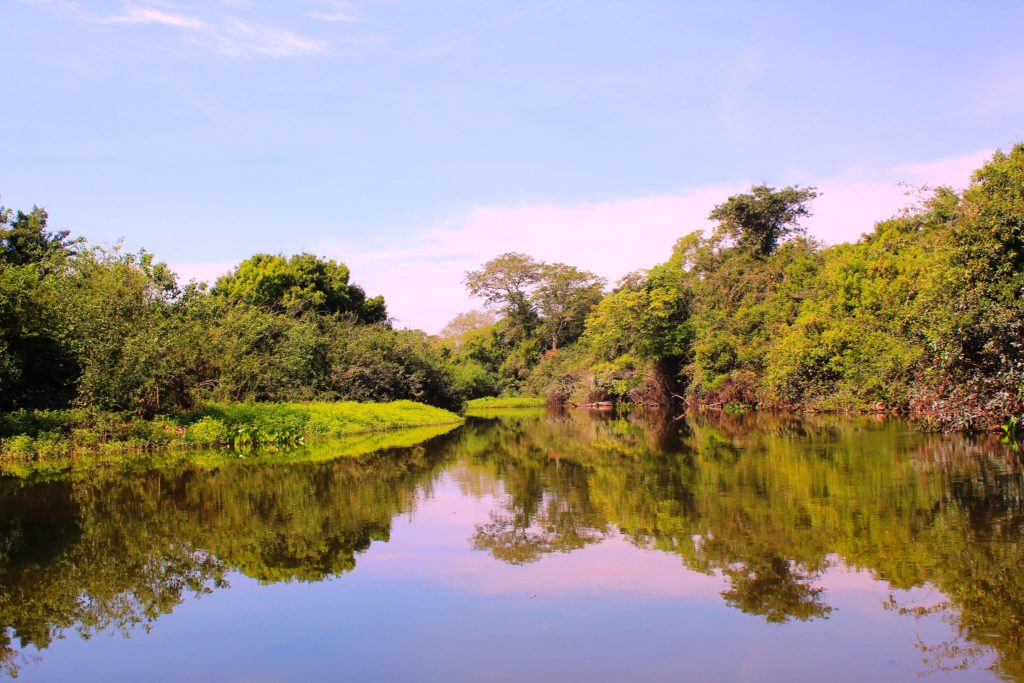
The Wetlands Of Pantanal
The Pantanal is a freshwater wetland system that extends through millions of hectares of central-western Brazil, eastern Bolivia, and eastern Paraguay. This ecological refuge is the home of one of the richest, most diverse and primitive biological environments on the planet.
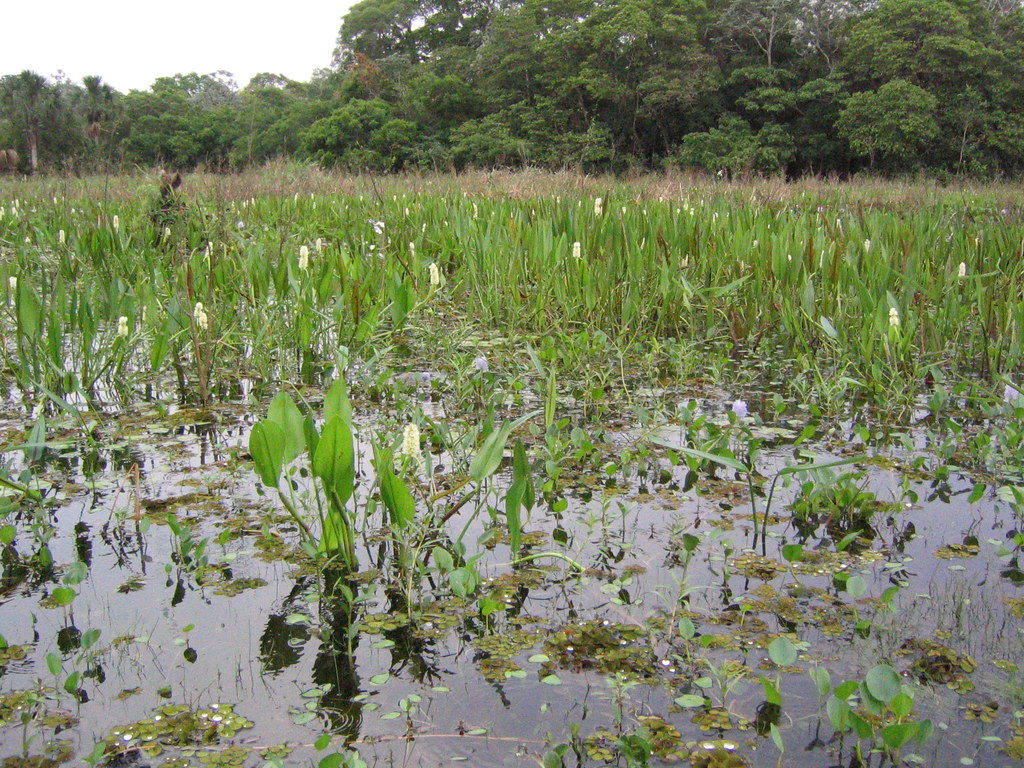
The wetlands of the Pantanal are formed due to its location at the landlocked river delta, where annual floodwaters rise several meters and then recede. This causes its characteristic climate divided in “rainy season” and “dry season”.
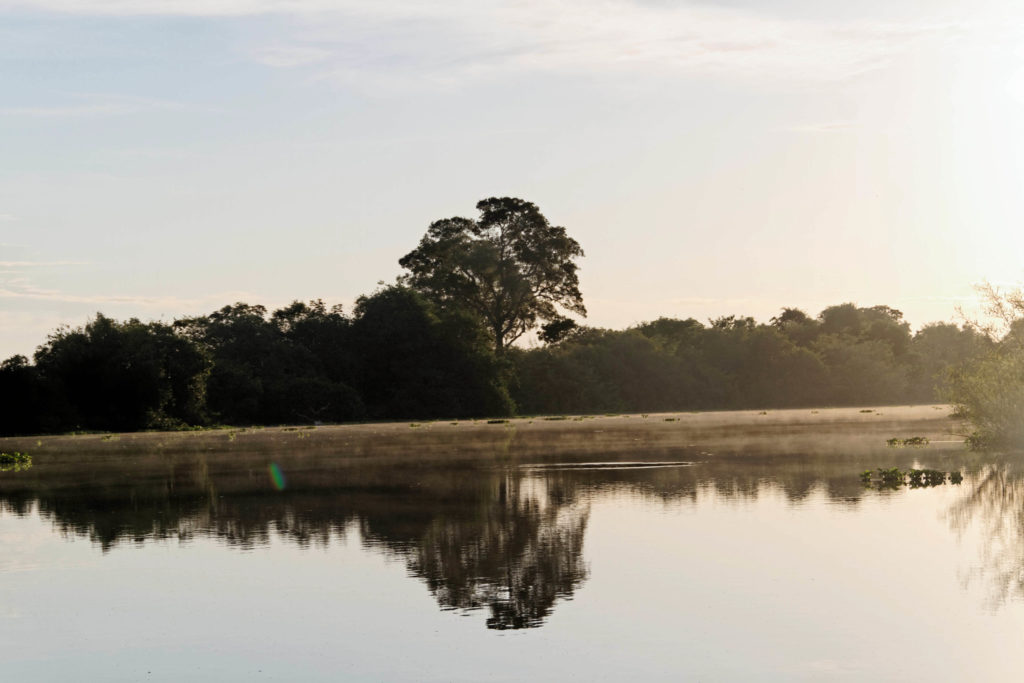
The Flora And Fauna
The Pantanal has won the appellative of natural wonder thanks to its landscape form of several ecological sub-regions, and a vast variety of flora and fauna.
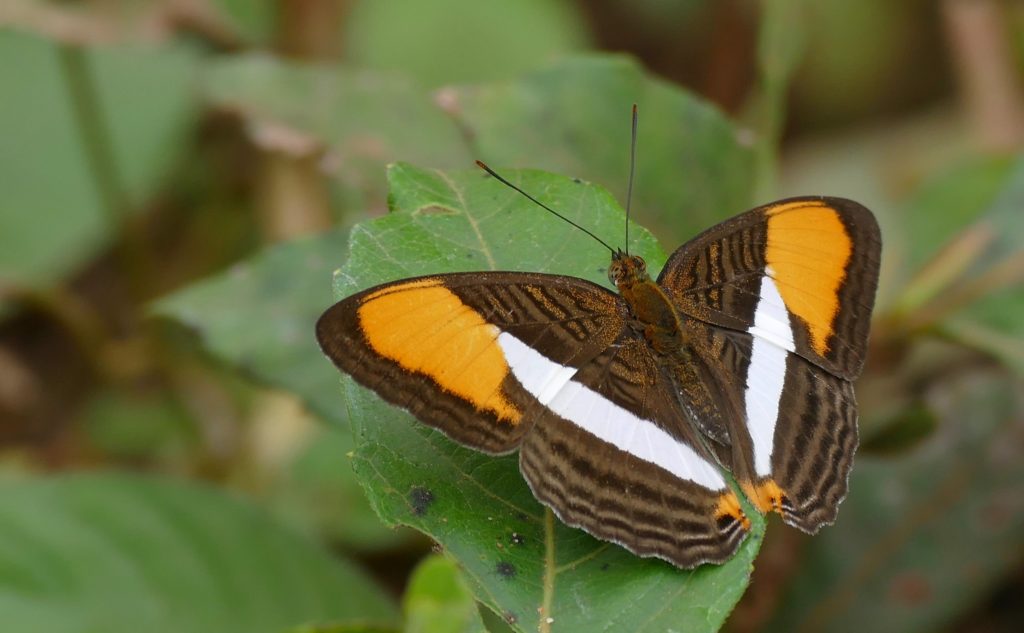
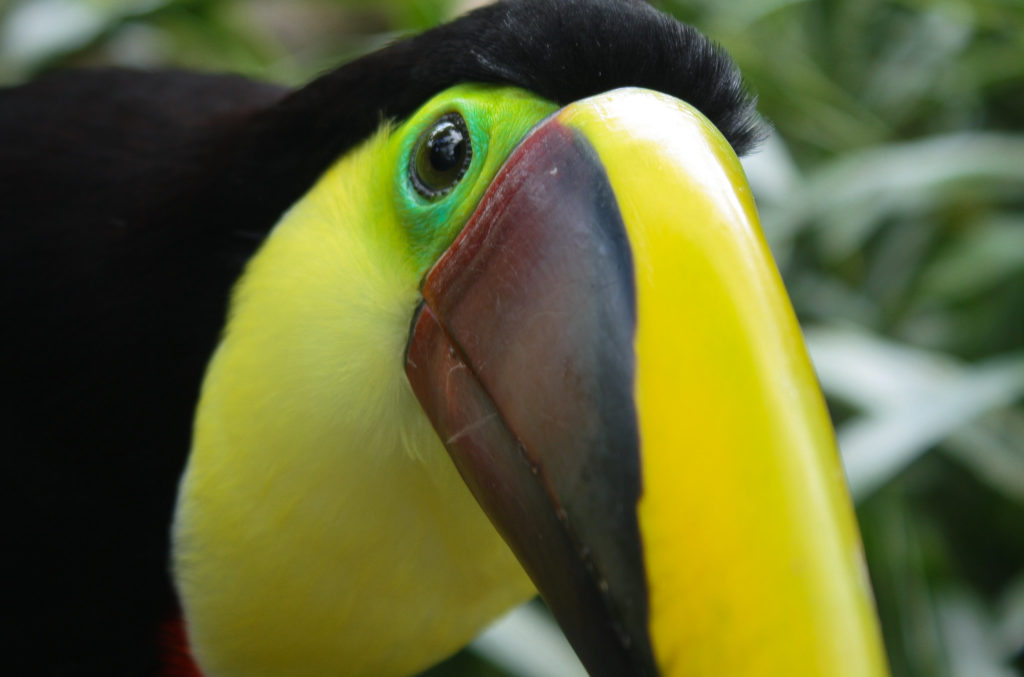
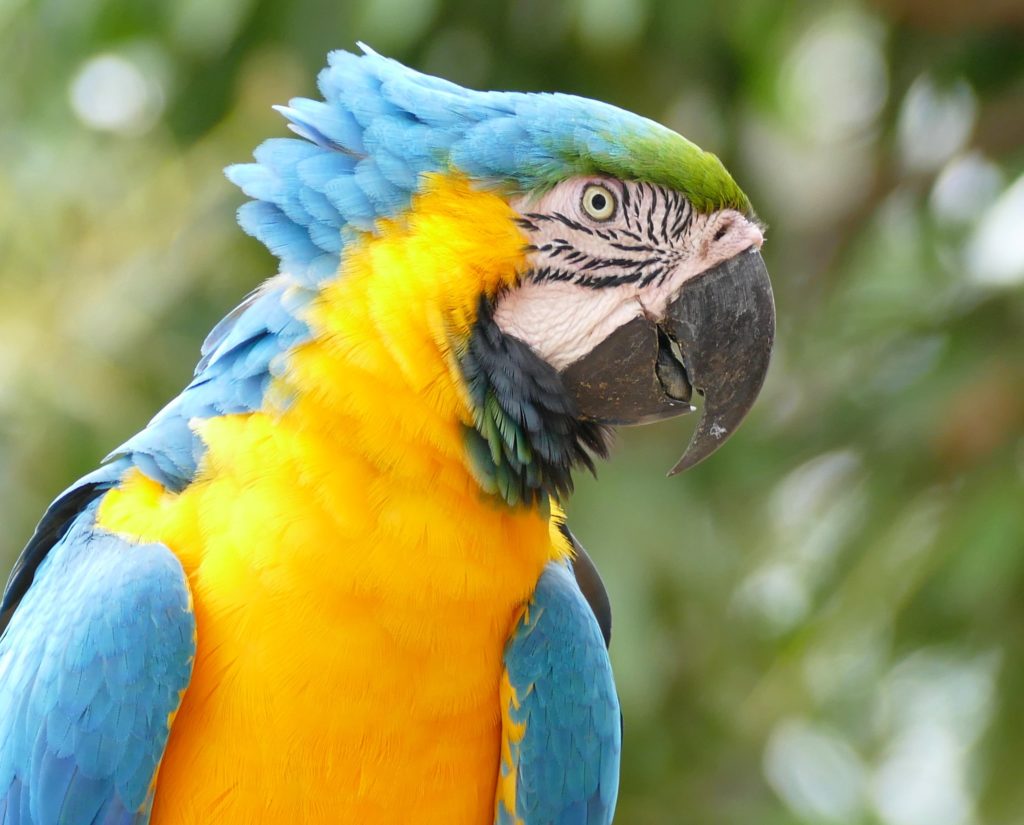
The area contains hundreds of species of birds, thousands of varieties of butterflies, and a seemingly infinite number of brightly colored flowers. The Capuchin and Howler monkeys, with its agile bodies and deep bawls, share the treetops with the toucans and the increasingly rare Hyacinthine macaws.
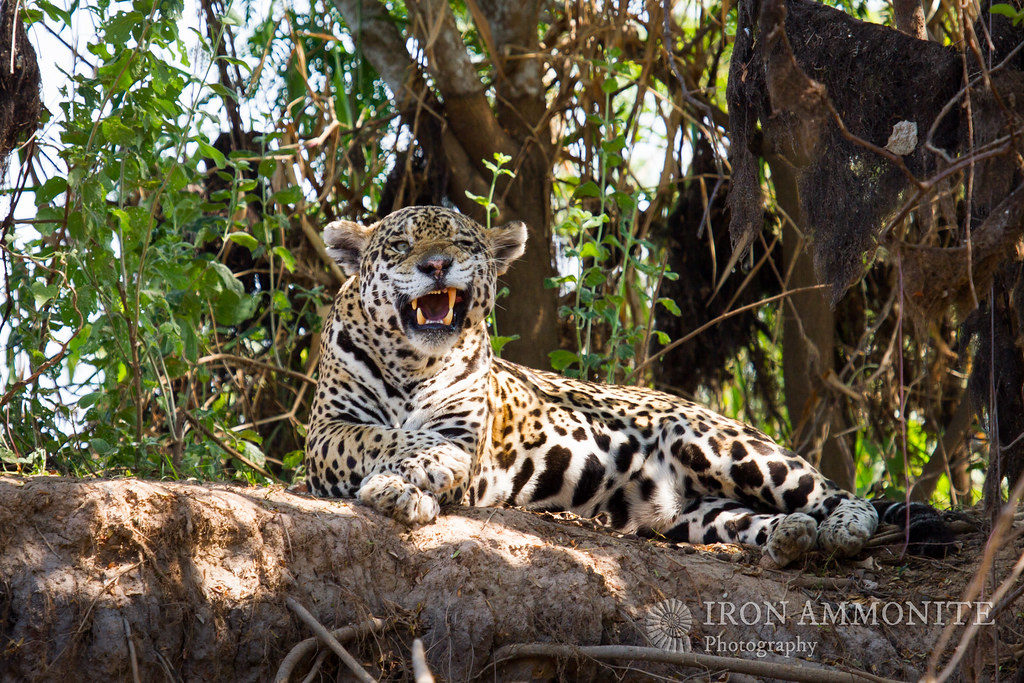
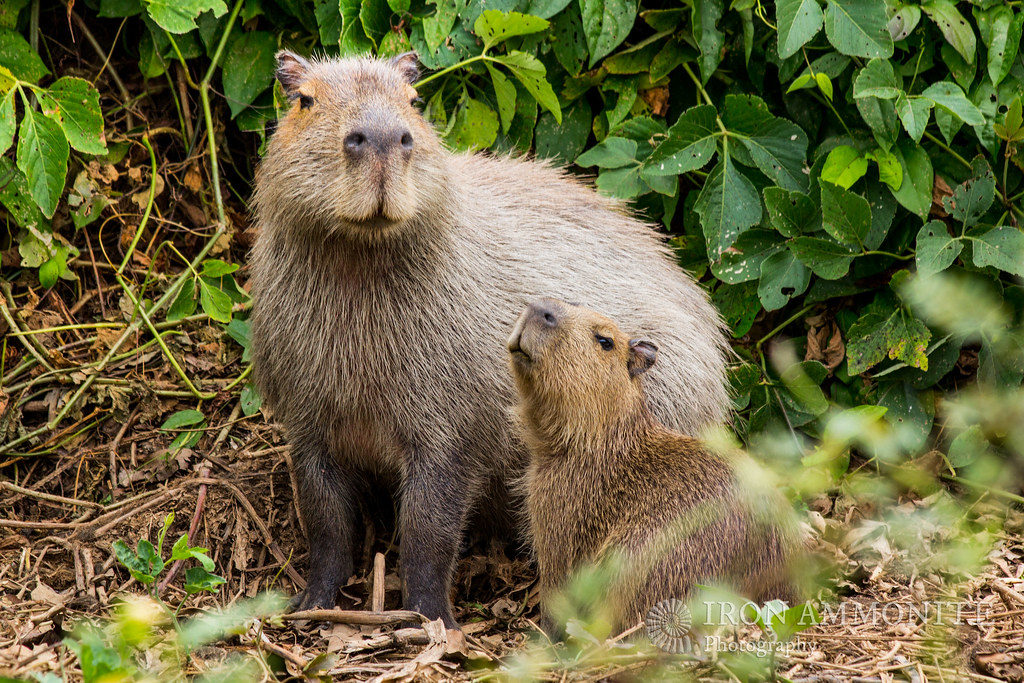
On the ground, we can see capybaras and tapirs, along with caimans, non-poisonous aquatic snakes like anacondas, and the South American “king of the jungle”, the endangered jaguar. All of them make The Pantanal a wildlife sanctuary of unforgettable beauty.
Ecosystem
This biological reserve is the world’s largest freshwater wetland system, so its importance and care are significant to the planet’s safety. In this area, massive amounts of liters of water are purified, groundwater gets discharged and then recharged. This brings climate stabilization, among other critical functions.
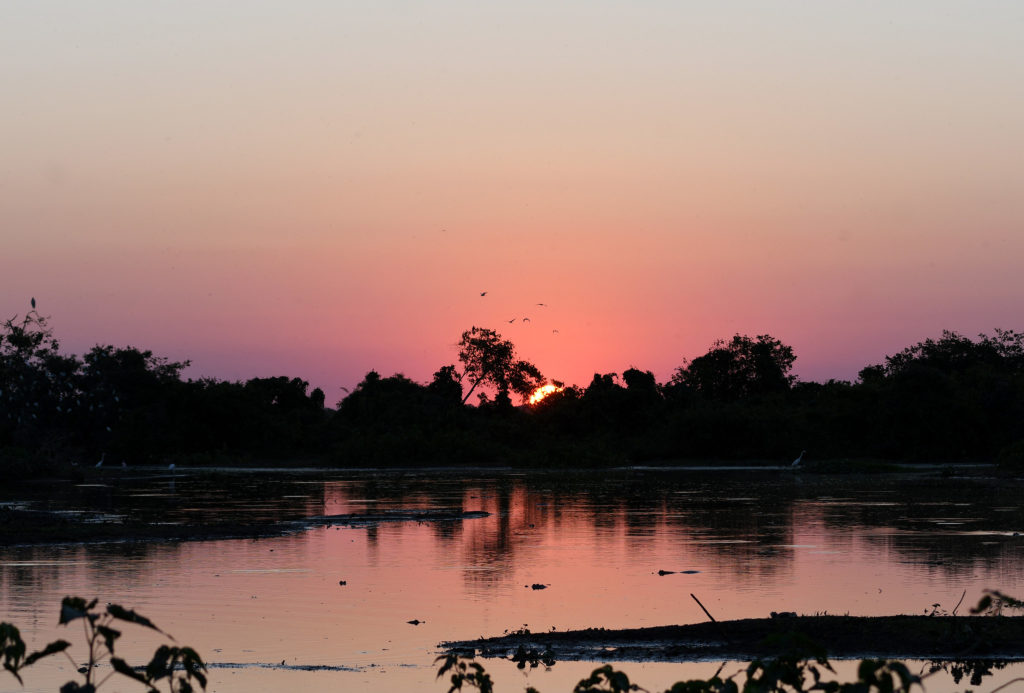
Even though the economic and touristic potential in the Pantanal area is enormous, the region is poorly known. It seems that the beauty and remarkable diversity of this natural sanctuary is not enough to fight against the human development pressures.
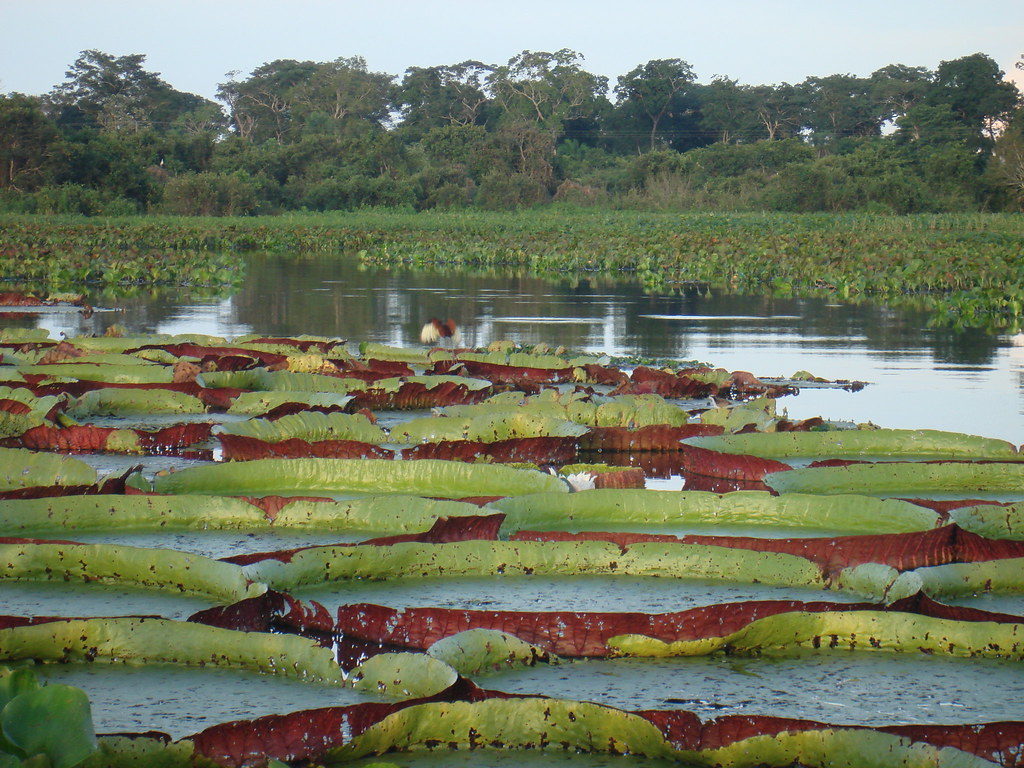
The future of the wetland of the Pantanal is uncertain. Although it still remains relatively untouched, it is necessary to take correcting actions in terms of management, wildlife protection, and water purifying systems to preserve its delicate ecosystem, so we do not get to experience another Florida’s Everglades catastrophe.
The Wetlands An Undiscovered Paradise
The Pantanal is indeed a vast area. More than 70% on the wetlands are located in Brazil, in the states of Mato Grosso and Mato Grosso do Sul, with over 300 000 km2 of extent. This Brazilian side of the Pantanal is the most studied and well known part of the sanctuary.
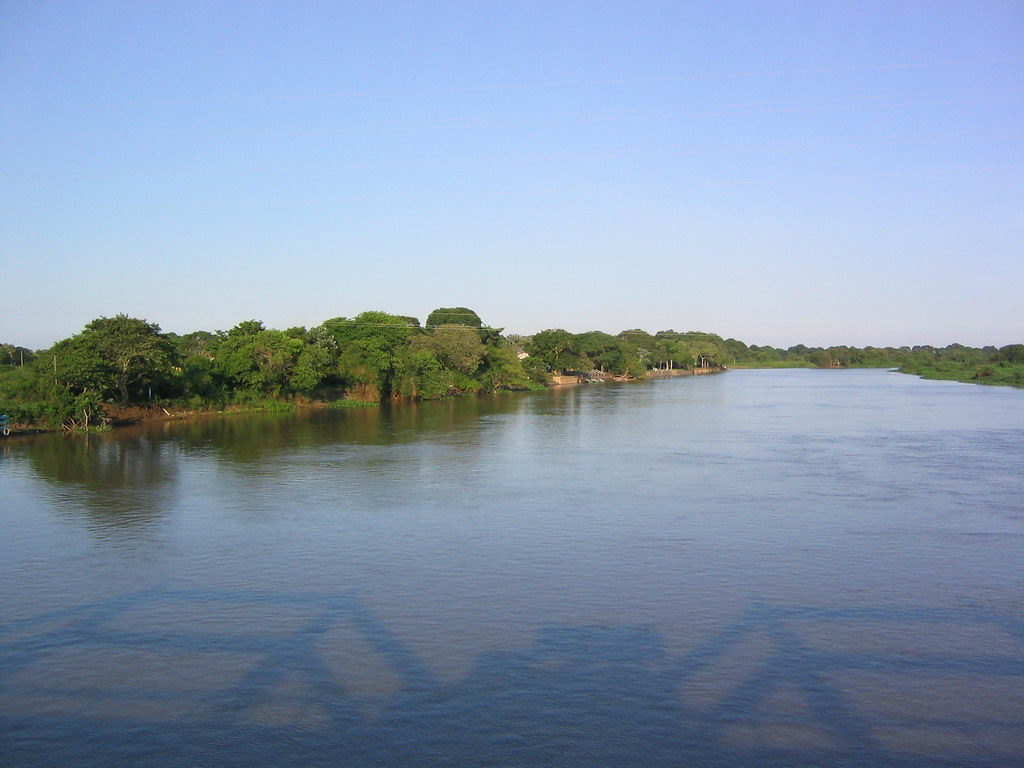
While the surrounding parts of the wetlands occupy Bolivian and Paraguayan territory, and they are not as well studied as the Brazilian’s Pantanal, they are an important part of the ecosystem of both countries. This uncommon feature gives you the opportunity to travel between three different countries while you are on your visit.
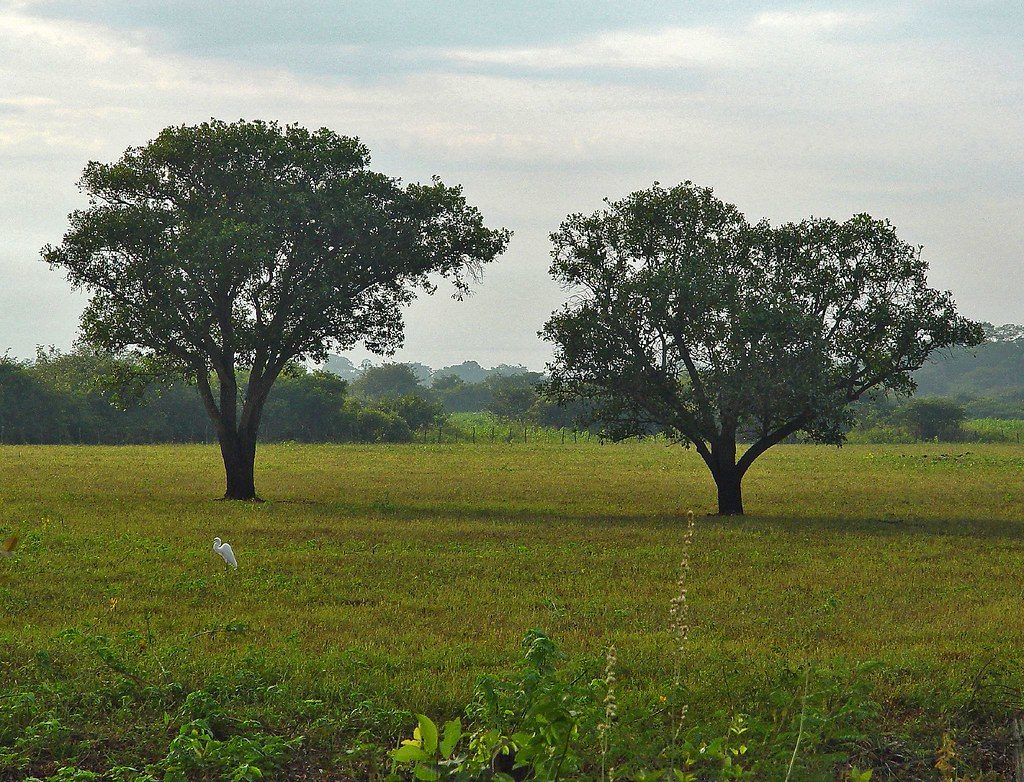
So, if you are feeling adventurous, or you are just looking for a getaway, the Pantanal is an option you need in your bucket list to give freedom to your backpacker spirit.
Highlights
Among its charms, horse-riding at dusk is a romantic way to come across and meet the unique wildlife, like the capybara. This mammal might seem unusual to you, with its doglike body that can reach a weight of 176lb (80kg). Not bad for the world’s largest rodent.
If you liked Fox’s movie “Rio”, you would love your visit to the Pantanal, as this is your opportunity to see the 3ft (1 m) long Hyacinth macaw, the world’s biggest parrot. These beautiful birds are an endangered species, due to the high price of their eggs in the black market, that can reach thousands of dollars.
A particular animal with rare characteristics that you can see in the Pantanal is the giant anteater. Its long, delicate snout, shaggy coat, and loping way of walking make an indistinguishable figure that often catches your eyes while you are out walking. One curious fact is that the anteater, although it feeds from the ants he catches directly from the anthill, never destroys it, so he will always have where to feed from.
We recommend eating your fruit at breakfast, as it is the perfect opportunity to meet the puckish toucans, a funny bird with a multicolor, fragile and long peaks, and they always come out to pluck berries as the sun comes up.
When to Go
You can see astonishing wildlife throughout the year. In the dry season from April to September, the emphasis is more on walking tours and jeep safaris. During the wet season from October to March, some areas with interesting wildlife are accessible only by boat or light aircraft. Staying here for only four days is enough to see the best of what the Pantanal wildlife has to offer.
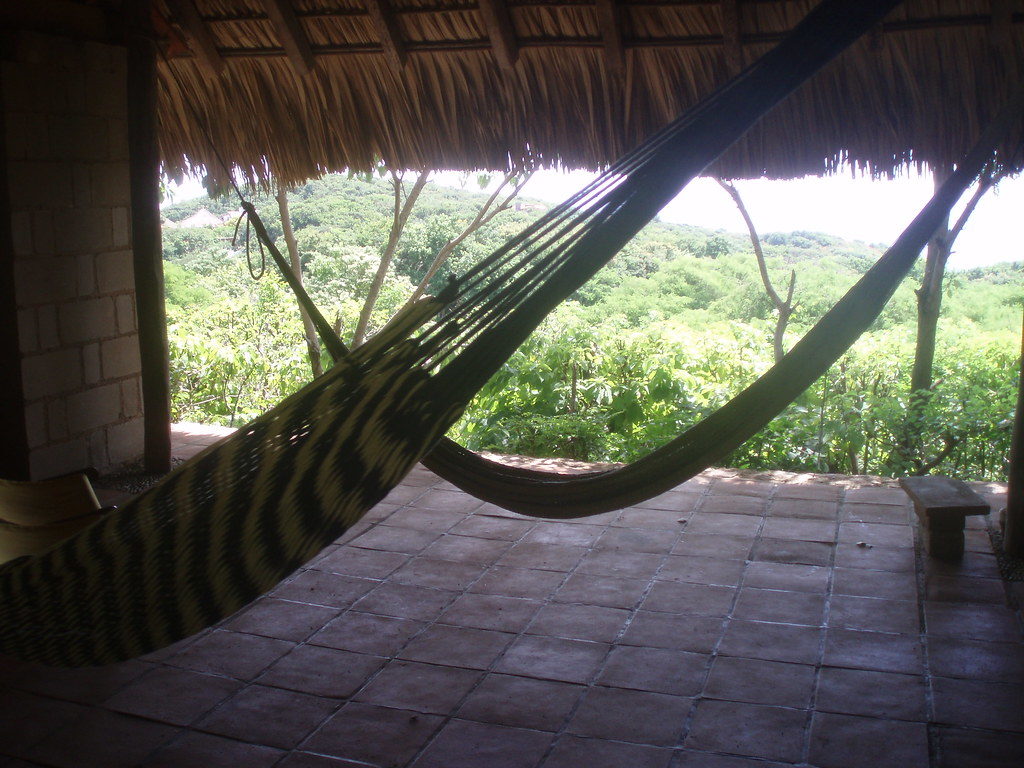
Planning
Accommodation varies from the very basic, like hammocks strung up on porches, to comfortable cabins in working cattle ranches. For the more basic lodges, pack a sleeping bag, and don’t forget your mosquito repellent.
Inside Information
You need a good guide from a reputable agency or lodge, rather than striking a deal with the many people touting for business at the airports and bus stations.
Websites
- www.pantanal.org
- www.caiman.org.br
If you loved this article or found it useful, don’t forget to share it with your adventurous and travel-hacking friends! If you want more posts like this, follow us on Youtube, Instagram, Pinterest, Twitter Facebook or Reddit and subscribe to our newsletter!

